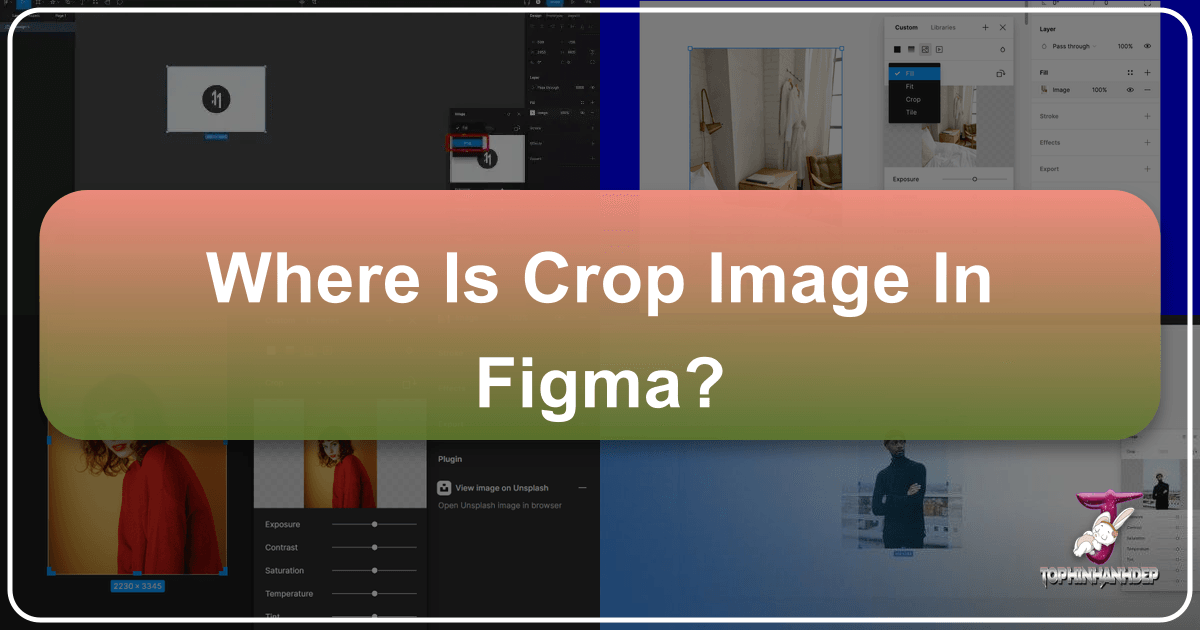Identifying Gencraft Watermarks and Understanding AI-Generated Imagery
In the rapidly evolving landscape of artificial intelligence, tools that transform text into stunning visuals have become indispensable for creators across various fields. Gencraft stands out as a prominent player in this arena, offering a user-friendly platform that empowers individuals to generate captivating images and videos from simple text prompts or even foundational sketches. As the accessibility of AI-generated content grows, so does the importance of understanding its origins, particularly when it comes to identifying watermarks and recognizing the hallmarks of AI creation. This comprehensive guide will delve into Gencraft’s functionalities, explore how to identify its watermarks, and offer broader insights into discerning AI-generated imagery in a world increasingly saturated with digital art.





